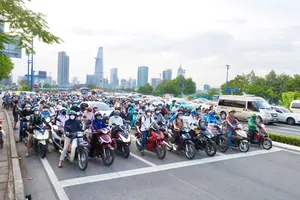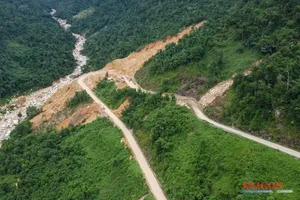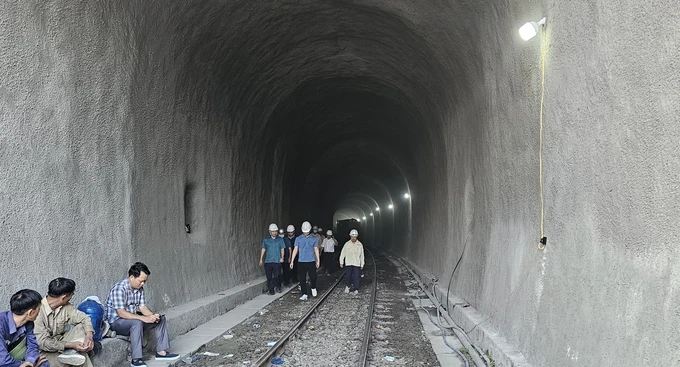
On May 26, three major repair teams were working on the collapsed section of Chi Thanh Railway Tunnel in Phu Yen Province. However, the team working from the top of the tunnel encountered difficulties in drilling anchor holes for concrete injection.
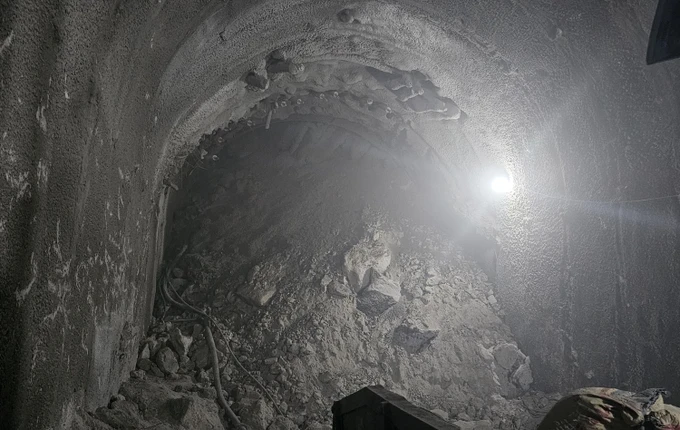
At around 10:30 a.m. on the same day, while workers were removing debris from the landslide site, a large amount of earth and rock from the previous collapse on May 21 suddenly fell again. The new collapse occurred away from the work area, causing no injuries or significant damage.
However, according to Director Tran Thien Canh of the Vietnam Railway Authority, the latest incident here caused 10m3 of earth and rock to block two ends of the tunnel, affecting the work of the top-tunnel repair team, causing the crane holding the drilling machine to tilt.
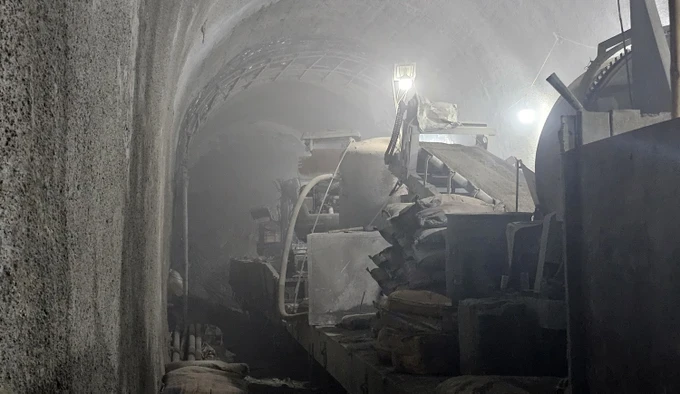
In the afternoon of the same day, investigation was carried out to re-evaluate the status of new collapse. Experts from large corporations specializing in digging tunnels like Song Da, Deo Ca were called upon to discuss better and safer measures to solve the problem as it is extremely difficult to let heavy machine come in to help the clearance work.
Meanwhile, the Vietnam Railway Authority was still mobilizing human resources and machines to unblock Chi Thanh Railway Tunnel (the section passing Tuy An District of Phu Yen Province) so that trains can resume their operation.
Before this, on May 21, Chi Thanh Railway Tunnel had endured a landslide, resulting in a collapse of 260m3 of earth and rock on a wider area than the similar incident in Bai Gio Tunnel in Khanh Hoa Province.
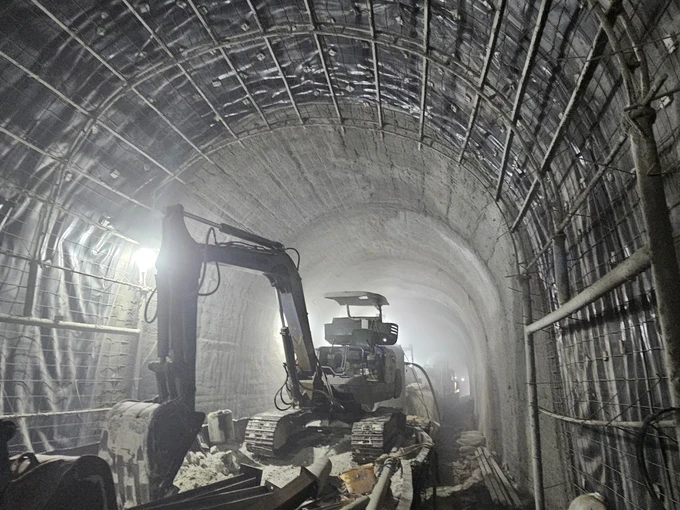
Due to the seriousness of this event, it is impossible to predict the time for trains to resume their routes. Many North-South trains in May such as Train SE9/10 between Hanoi and HCMC or Train SE42 between Nha Trang City – Da Nang City have been canceled because of this. Passengers who have booked these trains will be able to receive a refund or change their tickets free of charge at the station.
Since the landslide, the railway authority has transferred 51 trains and 12,000 passengers using various means of transportation. In addition, many passengers' goods have also been affected by the disruption.















